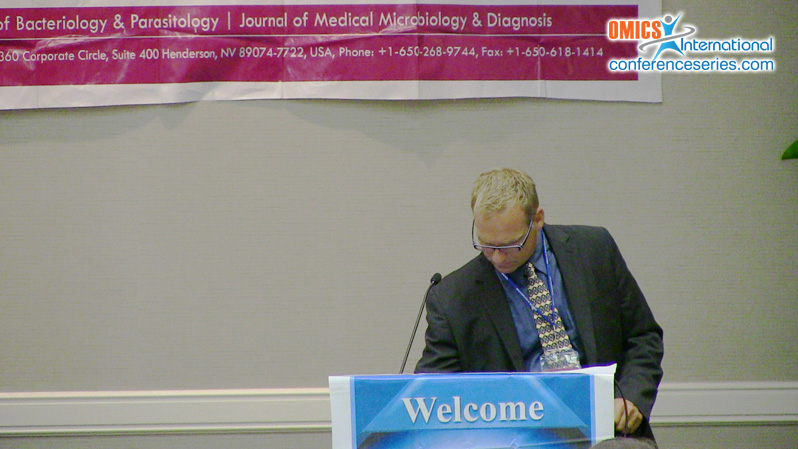
Paul LaBarre
PATH, USA
Title: Technical feasibility for hypersensitive HRP2 infection detection test to support malaria elimination
Biography
Biography: Paul LaBarre
Abstract
Undiagnosed malaria infections may result in inefficient use of elimination program resources and contribute to persistent regional transmission. To minimize the number of undiagnosed malaria infections and advance toward malaria elimination requires improving access to currently available diagnostic tests and developing new, more sensitive tests that will detect asymptomatic, low-density infections. To enable the most efficient malaria elimination interventions in the most challenging malaria-endemic environments, Bill & Melinda Gates Foundation is sponsoring an Infection Detection Test (IDT) Development Initiative focused on developing a more sensitive diagnostic test for Plasmodium falciparum (Pf) based on detection of the HRP2 antigen. Under this initiative, the DIAMETER (diagnostics for malaria elimination toward eradication) team is collaborating with key partners to develop and validate new diagnostic tests for identification of subclinical Pf infections. These tests are intended for use in malaria-eliminating regions where undiagnosed infections serve as a reservoir of transmission. Over the past 12 months, initiative partners have initiated or completed new research projects, including an investigation of capture agents, new standard development and prototype analysis using clinical specimens. Together, these findings demonstrate feasibility of a new, hypersensitive IDT. New findings have also prompted an update of our target product profile (TPP) for the IDT. Here, we present an updated TPP along with an assessment of how several technologies compare against TPP specifications.


